Are you interested in the intersection of art and craftsmanship? These are the applied art museums you should visit in Bavaria:
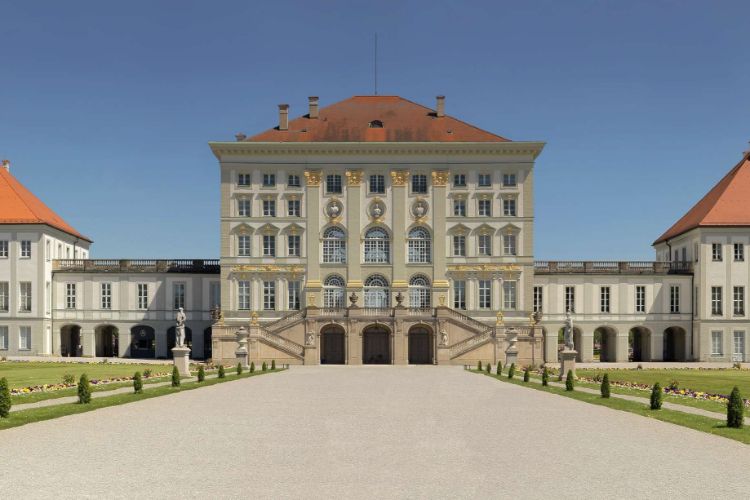
Nymphenburg Palace
MunichDesigned by Agostino Barelli, the name of this palace literally translates as the Castle of the Nymphs. When the Bavarian royalty in the 17th century wanted to take a summer break, they would go to the Nymphenburg Palace. Today, it is open to the public and home to several historical museums. You ca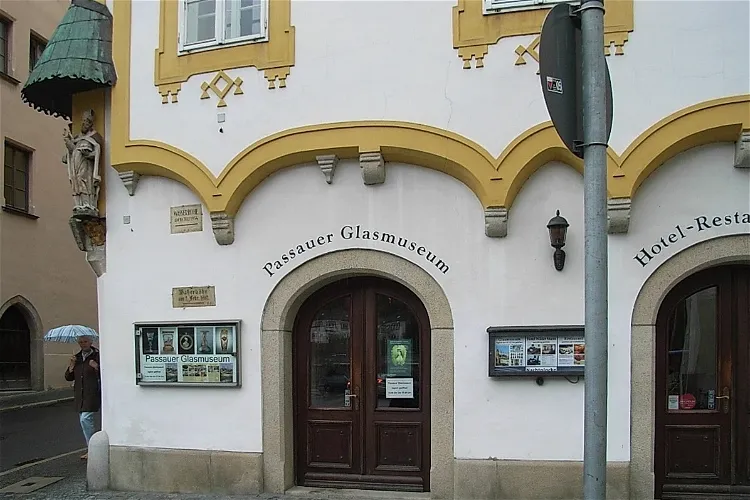
Passau Glass Museum
PassauThe Passau Glass Museum is renowned for its extensive collections, which are considered the largest in the world in three categories: European art glass, Bohemian glass, and glass made by Johann Loetz. These collections offer a unique opportunity to explore the rich history and diverse styles of glassmaking in Europe and beyond.
Passau Glass Museum
PassauThe Passau Glass Museum is renowned for its extensive collections, which are considered the largest in the world. These collections include European art glass, Bohemian glass, and glass made by the famous glassmaker, Johann Loetz. This vast array of glass art showcases the diversity and evolution of glassmaking techniques and styles over the centuries.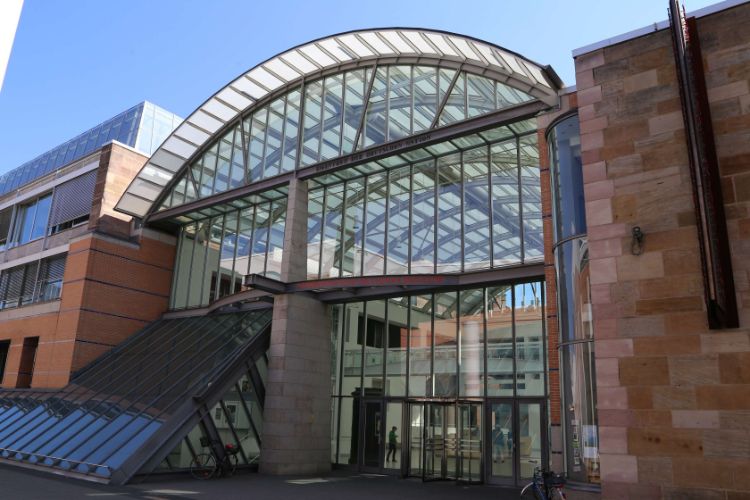
Germanisches Nationalmuseum
NurembergThe Germanisches Nationalmuseum is the largest museum of cultural history in Germany, located in Nuremberg. The museum holds and exhibits a large collection of items related to German culture and art from prehistoric times to the present day. The collection consists of around 1,3 million objects of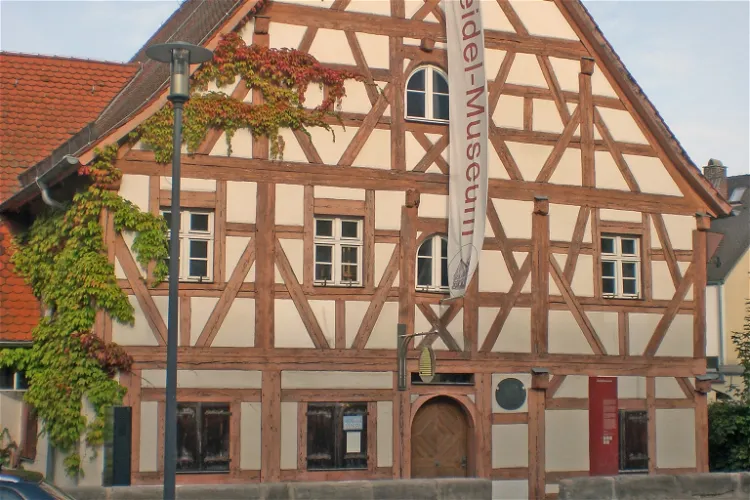
Zeidelmuseum
FeuchtThe Zeidelmuseum, established in 1986, is a beekeeping museum situated in the former Hutzlerhaus in Feucht. This location was chosen due to Feucht's historical significance as a center for beekeeping since the Middle Ages. The museum offers a unique insight into the history and techniques of beekeeping, making it an interesting destination for those interested in history, nature, and beekeeping.
Museum for Concrete Art
IngolstadtThe Museum for Concrete Art in Ingolstadt is a space dedicated to showcasing the diversity of Concrete Art. The museum hosts changing exhibitions on an approximately 800 m² exhibition space, providing visitors with a broad perspective on this unique art form.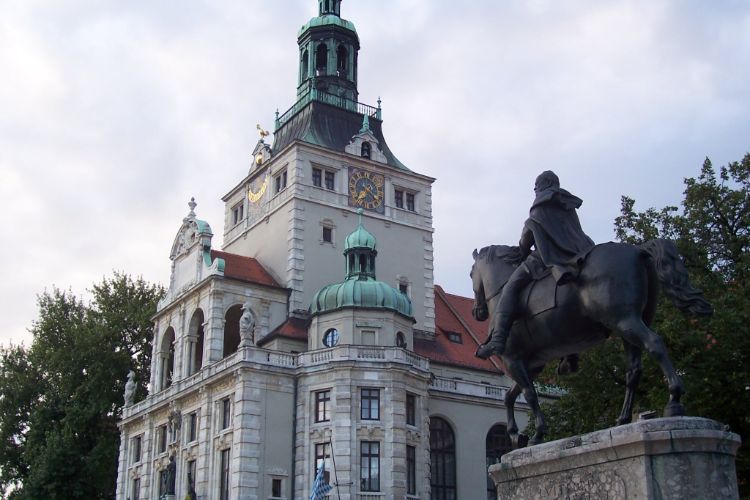
Bavarian National Museum
MunichThe Bavarian National Museum (Bayerisches Nationalmuseum) is a museum of applied art in Munich that holds and exhibits objects originating from the Middle Ages onward. The museum was founded in 1855 by King Maximilian II of Bavaria and houses a varied collection of sculptures and visual art collecti
Käthe-Kruse-Puppen-Museum
DonauwörthThe Käthe-Kruse-Puppen-Museum is situated in the former Capuchin monastery in Donauwörth. This location adds a historical touch to the museum, making it not only a place to appreciate the art of doll making but also a site to experience a piece of Donauwörth's history.
Sammlung Ludwig
BambergThe Sammlung Ludwig in Bamberg is recognized as one of the most significant private collections in the field of faience and porcelain. This collection, housed in the Altes Rathaus since 1995, is a testament to the passion and dedication of the collector couple Peter and Irene Ludwig. It offers a unique opportunity for visitors to explore a wide range of artifacts from different periods and regions.
Fränkisches Museum Feuchtwangen
FeuchtwangenThe Fränkisches Museum Feuchtwangen is a significant cultural institution located in the city of Feuchtwangen in the Middle Franconian district of Ansbach. The museum boasts an extensive exhibition area of over 2000 m², making it a spacious venue for visitors to explore and learn about the region's history and culture.
European Museum of Modern Glass
RödentalThe European Museum of Modern Glass is situated in the scenic Rosenau Castle Park in Rödental, Germany. This location not only offers a unique setting for the museum but also provides visitors with the opportunity to explore the beautiful park and castle grounds. The museum is easily accessible and offers ample parking for visitors.
Meißener Porzellan-Sammlung Stiftung Ernst Schneider
OberschleißheimThe Meißener Porzellan-Sammlung Stiftung Ernst Schneider is a significant destination for those interested in porcelain artistry. It houses the second largest collection of 18th century Meissen porcelain in the world, surpassed only by the collection in Dresden. This makes it a unique place to explore the rich history and craftsmanship of Meissen porcelain.
Museum Aschenbrenner
Garmisch-PartenkirchenMuseum Aschenbrenner, located in Garmisch-Partenkirchen, is an art and exhibition house that offers a unique cultural experience. It hosts three permanent exhibitions that focus on porcelain, dolls, and cribs. In addition to these, the museum also organizes several special exhibitions annually, providing a diverse range of displays for visitors to explore.
Porzellanikon
SelbThe Porzellanikon is a museum complex located in Selb and Hohenberg an der Eger, Germany. It is dedicated to the production of porcelain and ceramics. The museum complex was formed as a result of the merger of several museums including the European Industrial Museum for Porcelain, the European Museum of Technical Ceramics, the Rosenthal Museum, and the German Porcelain Museum in Hohenberg an der Eger.
Princely Treasury Thurn und Taxis
RegensburgThe Princely Treasury Thurn und Taxis, which was inaugurated in 1998, is a branch of the Bavarian National Museum. This museum is located in the former Marstall of the St. Emmeram Castle in Regensburg. It was established to preserve and display the significant art objects of the Thurn und Taxis house, which were acquired by the Free State of Bavaria in 1993 as a way to settle inheritance taxes.
CHAMBER OF ART AND CURIOSITIES
LandshutThe Chamber of Art and Curiosities, also known as Kunst- und Wunderkammer Burg Trausnitz, is a branch of the Bavarian National Museum. It is situated in the Trausnitz Castle in Landshut, Lower Bavaria. This museum is a significant part of the Bavarian National Museum and offers a unique insight into the art and curiosities of the Renaissance period.
Textilmuseum Mindelheim
MindelheimThe Textilmuseum Mindelheim boasts one of the largest publicly accessible collections of paraments and other ecclesiastical textile treasures, dresses and robes, as well as lace and fans. This extensive collection offers a unique insight into the history and evolution of textiles, making it a fascinating destination for tourists interested in fashion, textiles, and history.
Frauenau Glass Museum
AlthütteThe Frauenau Glass Museum, located in Frauenau in the Lower Bavarian county of Regen, transitioned from a communal facility to a state-owned organisation in early 2014. It is now known as the State Museum of the History of Glass Culture and is managed by the Free State of Bavaria. This change signifies the importance and recognition of the museum at a state level.
Das Kartoffelmuseum
MunichDas Kartoffelmuseum is the potato museum in Munich which is one of the more unusual places in the city. The museum covers all aspects of the vegetable, including art, history and its rise to fame.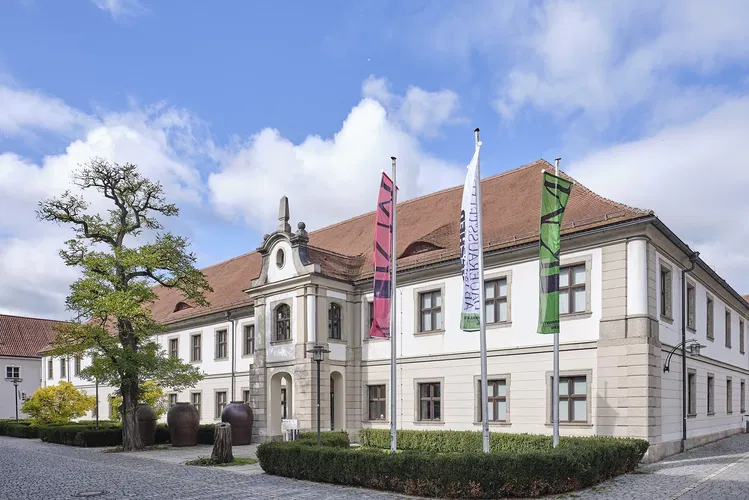
Internationales Keramik-Museum
Weiden in der Oberpfalz- 21
Sammlung Werner Löffler
ReichenschwandThe Sammlung Werner Löffler, also known as the Löffler Collection, is a unique private collection of historical seating furniture spanning three centuries. It is located in the charming town of Reichenschwand in Middle Franconia. This collection offers a fascinating journey through the evolution of seating furniture design and craftsmanship. - 22
Trachtenmuseum
OchsenfurtThe Trachtenmuseum in Ochsenfurt is a specialized museum that showcases regional costumes in their various forms. It provides a unique opportunity for visitors to explore the rich cultural heritage of the region through its traditional attire. The museum's collection includes a wide range of costumes, each with its own unique design and significance.